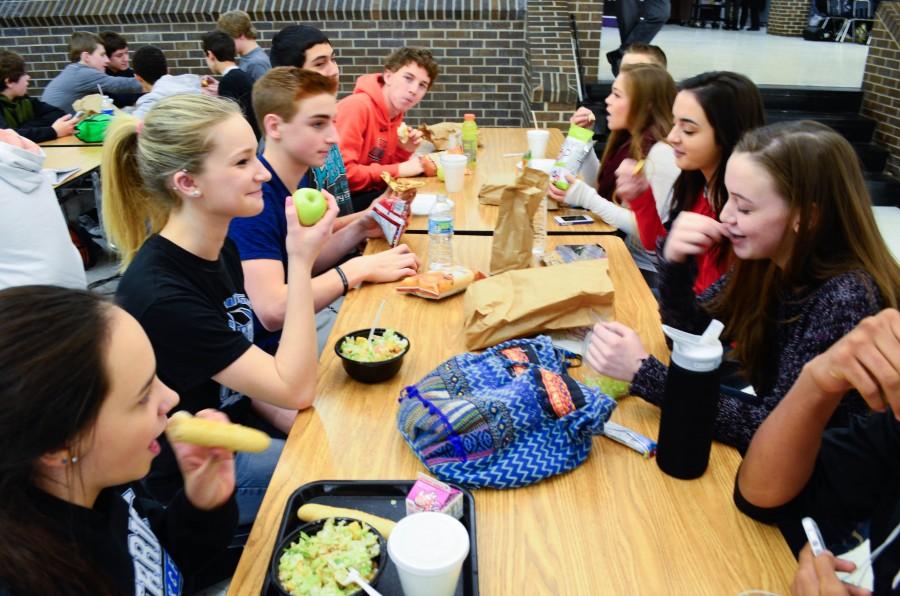On Jan.12, District 99 had a board meeting discussing whether or not to leave the National School Lunch Program, an optional federal program that gives subsidies in exchange for schools following certain nutritional guidelines, with a recommendation of the administration and a consensus among the members to stay in the program.
A formal vote did not take place, and a decision to leave the NSLP would lead to the district losing $600,000 in annual federal subsidies but gain less health restrictions regarding the lunch and breakfast programs.
“Ultimately we determined the financial benefits of staying in the program, primarily the federal and state subsidies of about $600,000 per year, outweighed any negative elements of the program. Also, because of the state and federal subsidies, we are able to offer the meals at a much more affordable price to the students, compared to other area schools,” Staehlin said in an omega email interview post board meeting.
DGN’s current food service provider, Quest Management Services was not opposed to the NSLP.
“From our perspective, if you are a company that enables and trains your people to actually cook in the kitchen and not do processed chicken parts and heat and serve ‘stuff’, you can succeed in the National School Lunch Program,” Quest President Nick Saccaro said during the board meeting.
Likewise, after researching pros and cons of leaving the program the administration also recommended at the board meeting to stick with the NSLP.
Discussion about leaving the federal program began during the spring, amid the switch from Aramark to Quest.
“The amount of protein, fat, sugar and carbohydrates are very limited. This results in less variety and fewer menu options for our students…” District Controller Mark Staehlin said in an email interview prior to the board meeting.
“[Regarding not being in the program] This would include having less restrictive menu options and not having to allocate staff and administrative resources toward keeping records and producing reports on data only important to the State,” Staehlin said in an email interview post board meeting.
This sentiment is echoed by senior Jake Graham.
“The lunches are too skimpy. I’m always hungry afterwards,” Graham said.
Other students believe lunches are just fine as they are.
“The school lunches get an unfairly bad rep. While it’s true that I get the same sandwich every day, the food is healthy and decent quality, plus the lunch ladies are always very friendly,” senior John McDermott said in an email interview.
In addition to a more appealing, though unhealthy, lunch for students if they left NLSP, the district would have hoped to receive more lunch room profits and more participation than the 1,000 District 99 students who currently purchase lunch daily.
“While reimbursement for those programs would be lost if we left them, we are currently looking at how some, or possibly all, of this loss could be offset by revenue generated through higher participation if meals were more appealing to our students,” Staehlin said prior to the board meeting.
District 99 Board of Education President Kupka expressed a desire to hear feedback from students and parents on whether or not they would be interested in dropping out from the program and the subsequent changes to the current school lunch choices.
Bruce Tanlim | News Editor



